Ginger isn't naturally white - what many call 'white ginger' is actually pale yellow ginger that's been peeled or processed. The true color spectrum of ginger ranges from pale yellow to vibrant orange due to compounds called xanthophylls and carotenoids. Understanding these color variations is crucial because they directly indicate freshness, flavor intensity, and best culinary uses - with pale yellow being milder for delicate dishes, orange offering the classic spicy kick, and brown signaling dried or aged ginger with concentrated flavor.
Table of Contents
- Why Ginger Color Reveals Quality and Flavor
- The Science Behind Ginger's Color Variations
- Ginger Color Guide: What Each Shade Really Means
- How to Identify Ginger Quality by Color
- Best Culinary Uses for Each Ginger Color
- Storage Tips for Maximum Freshness by Color
- Buying Guide: Choosing the Right Ginger Color
- Frequently Asked Questions About Ginger Colors
Why Ginger Color Reveals Quality and Flavor
The color of ginger serves as nature's quality indicator, revealing critical information about maturity, freshness, and flavor profile. Unlike many assume, fresh ginger is never truly white - the pale yellow variety commonly mistaken for "white ginger" is simply young ginger with thinner skin. The vibrant yellow-to-orange hues come from xanthophylls, natural pigments that develop as ginger matures. As ginger ages or dries, these compounds concentrate, shifting the color toward deeper orange and eventually brown tones. Recognizing these color variations helps you select the perfect ginger for your culinary needs while avoiding stale or inferior product.
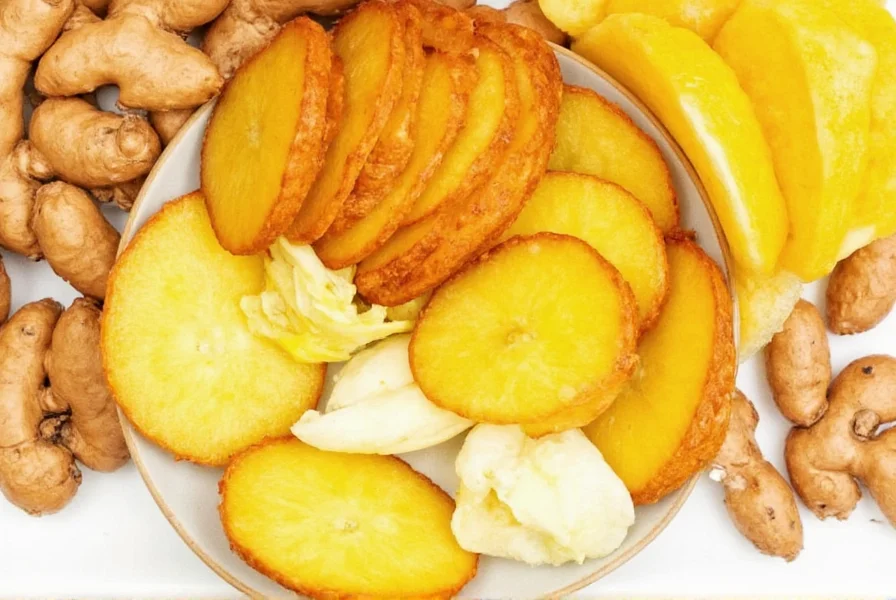
The Science Behind Ginger's Color Variations
Ginger's distinctive colors come from natural compounds called carotenoids and xanthophylls. These pigments serve as the plant's natural defense mechanism and develop as the rhizome matures. The intensity of these compounds varies based on:
- Growing conditions: Soil composition and climate affect pigment development
- Harvest time: Younger ginger harvested early has less pigment
- Varietal differences: Jamaican "white" ginger actually has pale yellow flesh, while Indian varieties tend toward brighter orange
- Post-harvest processing: Some commercial producers bleach ginger to create the pale "white" appearance
Contrary to popular belief, the term "white ginger" is misleading - true fresh ginger ranges from pale yellow to deep orange. The pale appearance often results from peeling or chemical treatment rather than natural coloration.
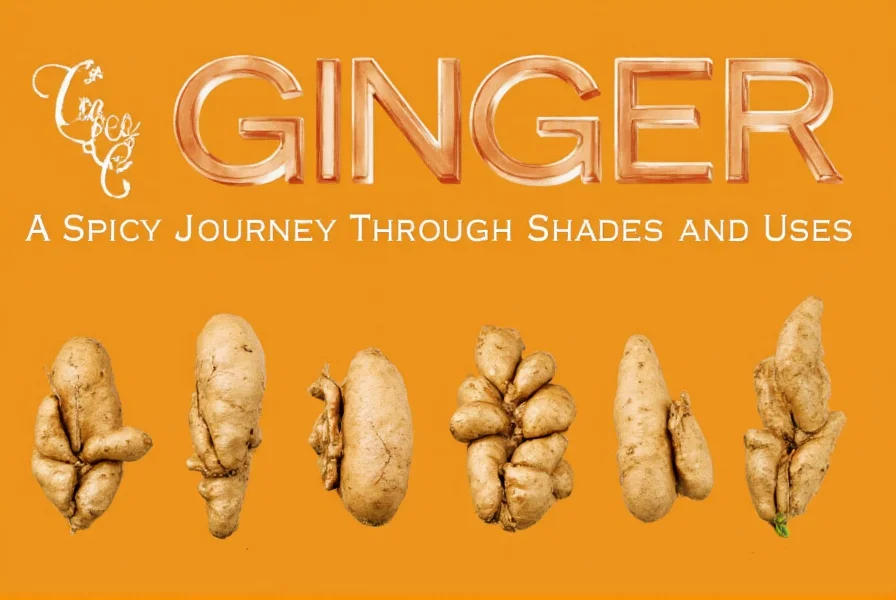
Ginger Color Guide: What Each Shade Really Means
| Color | Scientific Explanation | Flavor Intensity (1-10) | Best For |
|---|---|---|---|
| Pale Yellow | Young ginger (3-5 months) with lower carotenoid concentration | 4-6 | Delicate dishes, pickling, teas, desserts |
| Bright Orange | Mature ginger (8-10 months) with optimal xanthophyll development | 7-9 | Stir-fries, curries, marinades, medicinal uses |
| Dark Brown | Dried ginger (12+ months) with concentrated compounds | 8-10 (concentrated) | Baking, spice blends, long-cooked dishes |
This color spectrum directly correlates with gingerol content - the compound responsible for ginger's signature heat and health benefits. As ginger matures, gingerol converts to shogaol, creating a more intense but different flavor profile.
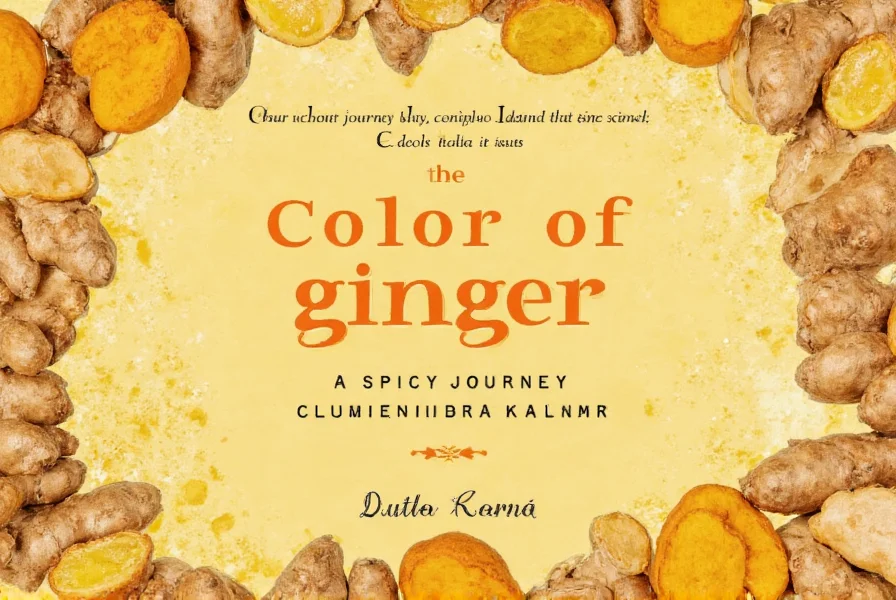
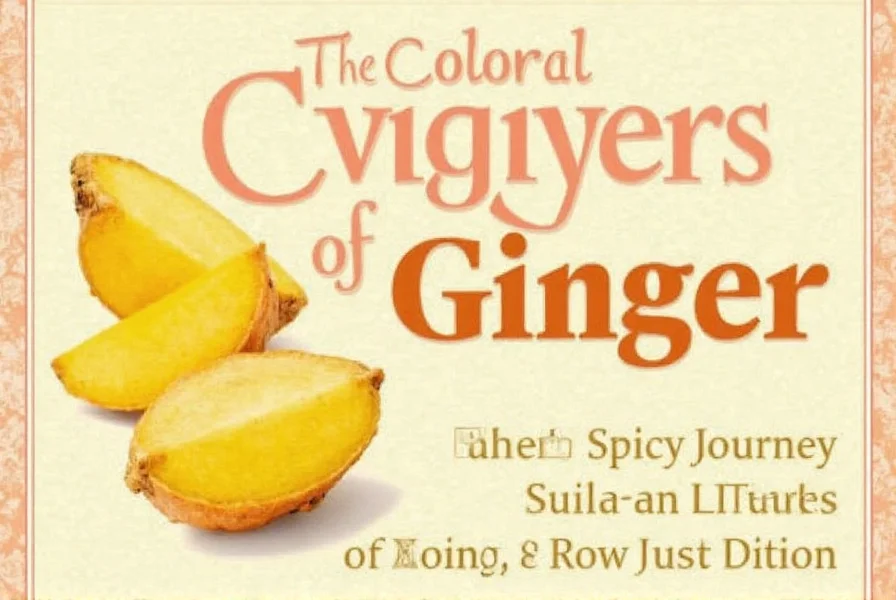
How to Identify Ginger Quality by Color
Selecting high-quality ginger requires understanding what color changes indicate:
- Freshness indicators: Vibrant yellow-orange tones with smooth, taut skin signal peak freshness. Avoid ginger with grayish undertones or dark spots.
- Maturity assessment: Deep orange ginger has higher gingerol content for medicinal uses, while pale yellow works better for subtle flavors.
- Warning signs: Dark brown patches indicate spoilage, not maturity. Fresh ginger should never have black spots or mold.
- Seasonal variations: Winter-harvested ginger typically has deeper color and stronger flavor than summer crops.
Pro tip: When shopping, gently scrape a small area of skin - the underlying flesh should be uniformly colored without brown streaks or discoloration.
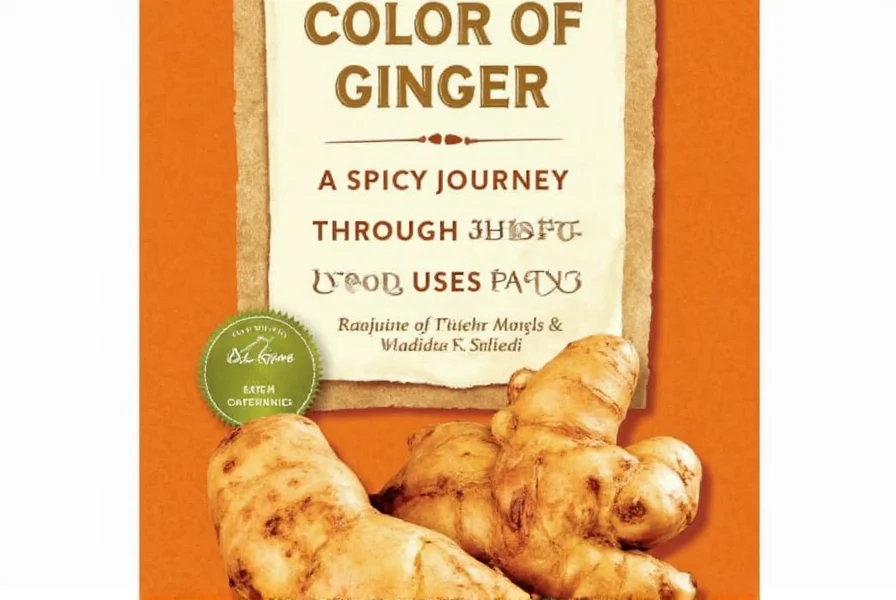
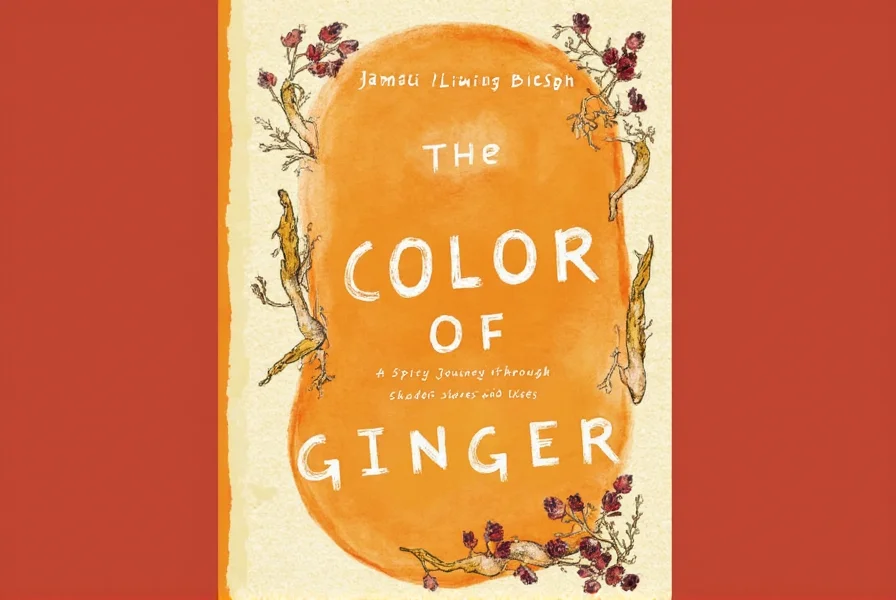
Best Culinary Uses for Each Ginger Color
Matching ginger color to your recipe transforms cooking results:
- Pale Yellow Ginger: Ideal for dishes where ginger should complement rather than dominate. Perfect for fruit salads, light broths, poaching liquids for fish, and delicate desserts. Its lower fiber content makes it excellent for juicing without straining.
- Bright Orange Ginger: The workhorse for most cooking applications. Use in stir-fries, curries, marinades, and sauces where its robust flavor shines. The higher gingerol content makes it superior for medicinal preparations like ginger shots.
- Brown/Dried Ginger: Concentrated flavor works best in baked goods, chai blends, and spice rubs. Reconstitute in warm water for sauces or use powdered in recipes requiring intense ginger flavor without moisture.
Professional tip: For balanced flavor in complex dishes, combine pale yellow (for background notes) with orange ginger (for prominent flavor) - a technique used in many high-end restaurants.
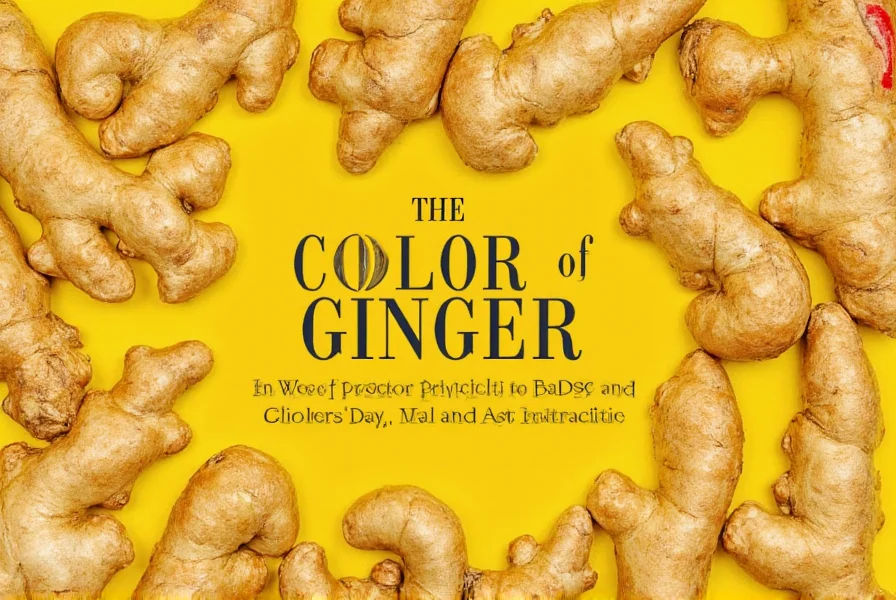
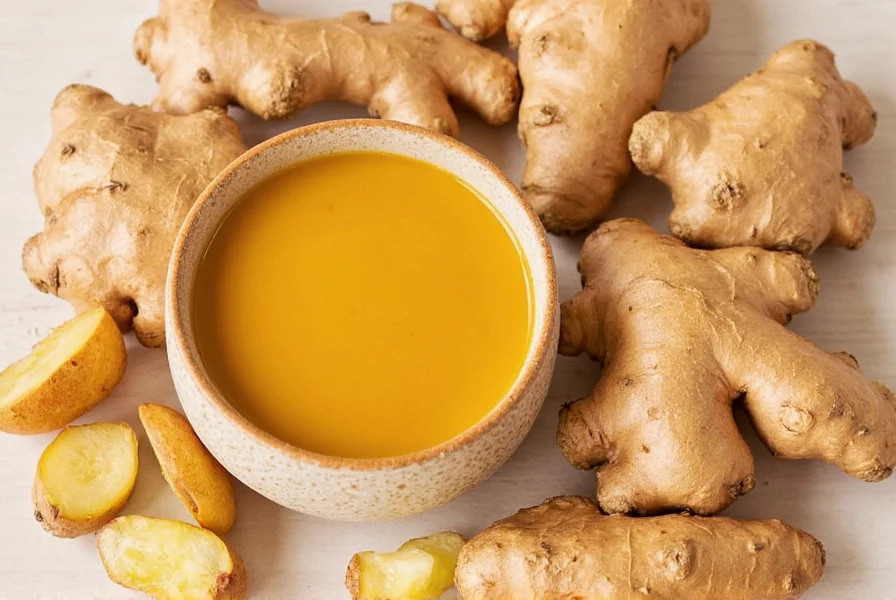
Storage Tips for Maximum Freshness by Color
Each ginger color requires specific storage for optimal longevity:
- Pale Yellow Ginger: Most perishable due to higher moisture content. Store unpeeled in a paper bag in the vegetable crisper for up to 2 weeks. For longer storage, peel, slice, and freeze in an airtight container.
- Bright Orange Ginger: Lasts 3-4 weeks when stored properly. Keep whole, unpeeled roots in a cool, dark place. For refrigeration, wrap in paper towel then place in perforated plastic bag.
- Brown/Dried Ginger: Store in an airtight container away from light and moisture. Properly stored dried ginger maintains potency for 1-2 years. Check periodically for moisture absorption which causes clumping.
Reviving tip: If ginger starts to dry out, place in a sealed container with a damp paper towel for 24 hours to restore some moisture.
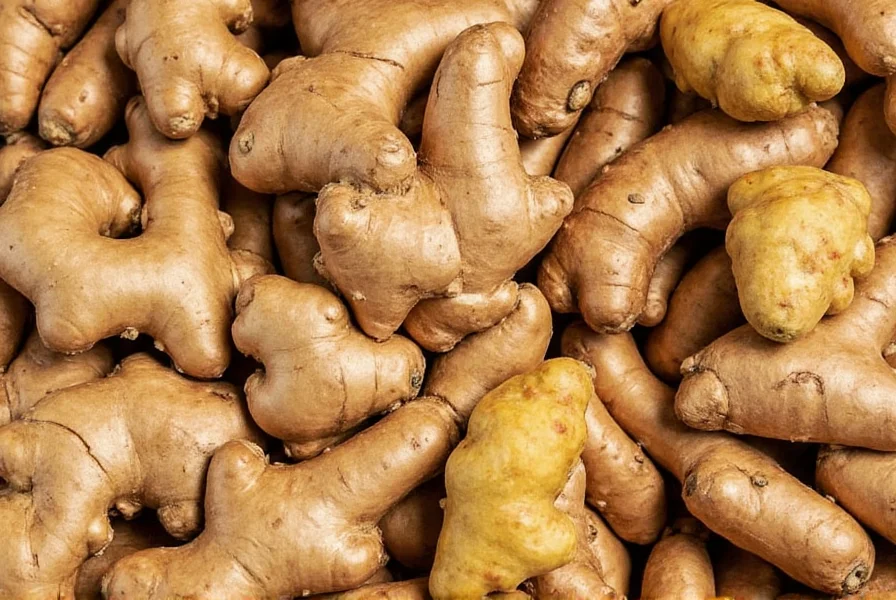
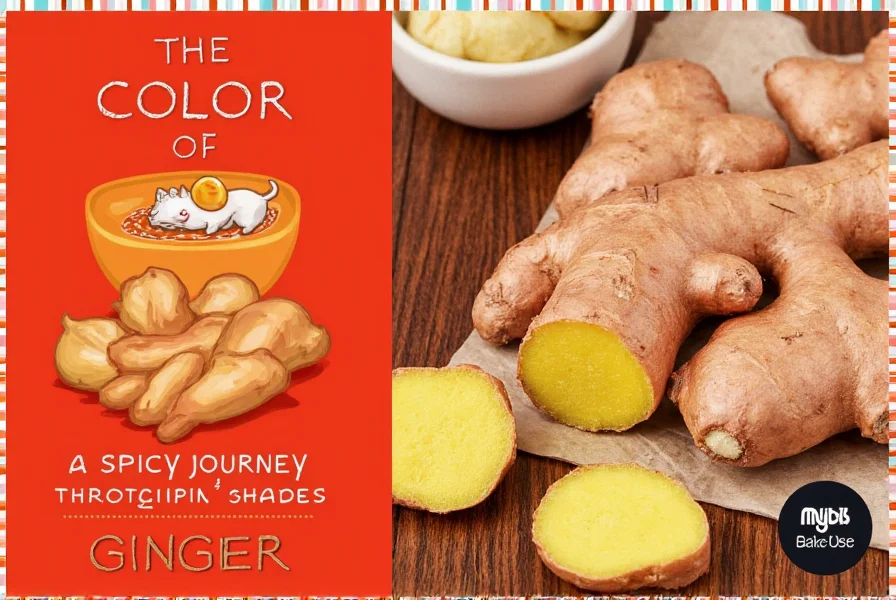
Buying Guide: Choosing the Right Ginger Color
Selecting the perfect ginger requires attention to color and texture:
Fresh Orange Ginger (Standard Mature)
Look for: Vibrant orange-yellow flesh, firm texture, smooth skin with minimal wrinkles
Avoid: Dull grayish tones, soft spots, or visible mold
Seasonality: Peak quality October-March
Price point: $2.50-$4.00 per pound
Best value: Medium-sized pieces (4-6 inches) offer best flavor-to-waste ratio
Pale Yellow Ginger (Young/Micro)
Look for: Translucent appearance when held to light, paper-thin skin
Avoid: Any brown discoloration or dry edges
Seasonality: Spring/early summer
Price point: $5.00-$7.00 per pound
Best value: Smaller pieces with visible root hairs indicate freshness
Dried Brown Ginger
Look for: Uniform dark brown color, strong aroma when broken
Avoid: Pieces that crumble easily or have musty smell
Seasonality: Available year-round
Price point: $8.00-$12.00 per pound (whole), $15.00-$20.00 (powder)
Best value: Whole dried ginger that you can grind yourself for maximum freshness
Frequently Asked Questions About Ginger Colors
What causes ginger to be yellow or orange instead of white?
Ginger naturally contains pigments called xanthophylls and carotenoids that create yellow to orange hues. What's often marketed as "white ginger" is actually pale yellow ginger that's been peeled or sometimes chemically treated to remove the outer layer. True fresh ginger never appears white - the palest varieties still show yellow tones when examined closely.
How can I tell if my ginger has gone bad by looking at its color?
Bad ginger shows distinct color changes: dark brown or black spots, grayish discoloration, or overall darkening beyond its natural brown tones. Fresh ginger should maintain vibrant yellow-orange colors. If you see mold (fuzzy green or white spots), significant darkening, or a dull, lifeless appearance, the ginger has spoiled and should be discarded.
Why does some ginger appear more orange than others?
The orange intensity depends on gingerol and shogaol concentration, which increases with maturity. Factors affecting color include growing region (Indian varieties tend more orange), harvest time (later harvest = deeper color), soil composition, and climate conditions. Ginger grown in nutrient-rich volcanic soil typically develops the most vibrant orange hues due to optimal carotenoid production.
Is there scientific evidence supporting ginger color as a quality indicator?
Yes, multiple studies confirm the correlation between ginger color and chemical composition. Research published in the Journal of Agricultural and Food Chemistry shows that orange ginger contains up to 30% more gingerols than pale yellow varieties. The color intensity directly corresponds to antioxidant capacity and pungency levels, making it a reliable visual indicator of both flavor and potential health benefits.
Does ginger color affect nutritional value?
Absolutely. Darker orange ginger contains higher concentrations of gingerols, the compounds responsible for ginger's anti-inflammatory and digestive benefits. Studies show mature orange ginger has up to 40% more active compounds than young pale yellow varieties. However, pale yellow ginger offers more moisture and certain vitamins that degrade as ginger matures, providing different nutritional advantages.
Can I substitute one ginger color for another in recipes?
You can substitute but should adjust quantities. Pale yellow ginger requires about 30% more by volume to match the flavor impact of orange ginger. When substituting dried brown ginger for fresh, use 1/4 teaspoon powder for every inch of fresh ginger. For medicinal uses, orange ginger provides stronger effects, while pale yellow works better for sensitive palates or children's recipes.

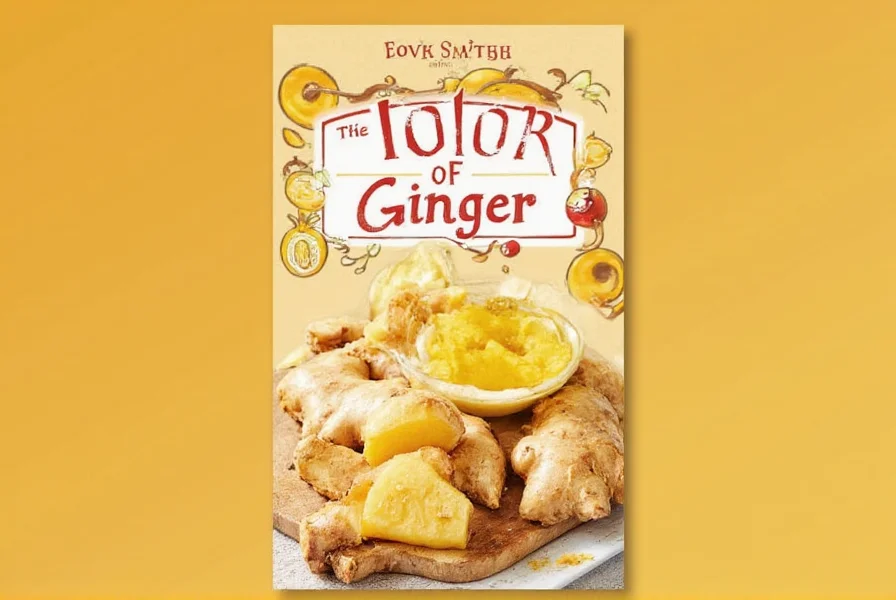









 浙公网安备
33010002000092号
浙公网安备
33010002000092号 浙B2-20120091-4
浙B2-20120091-4